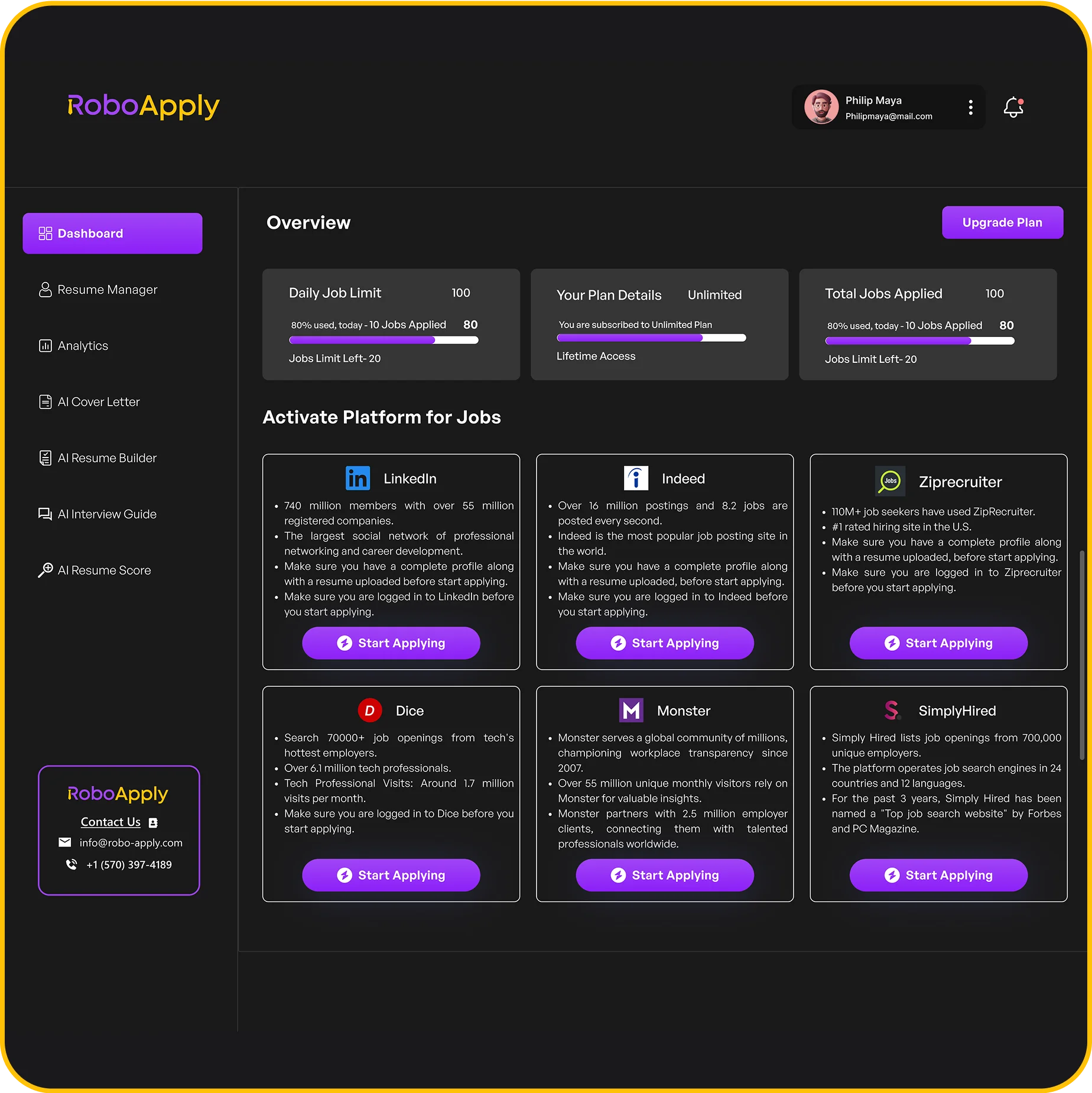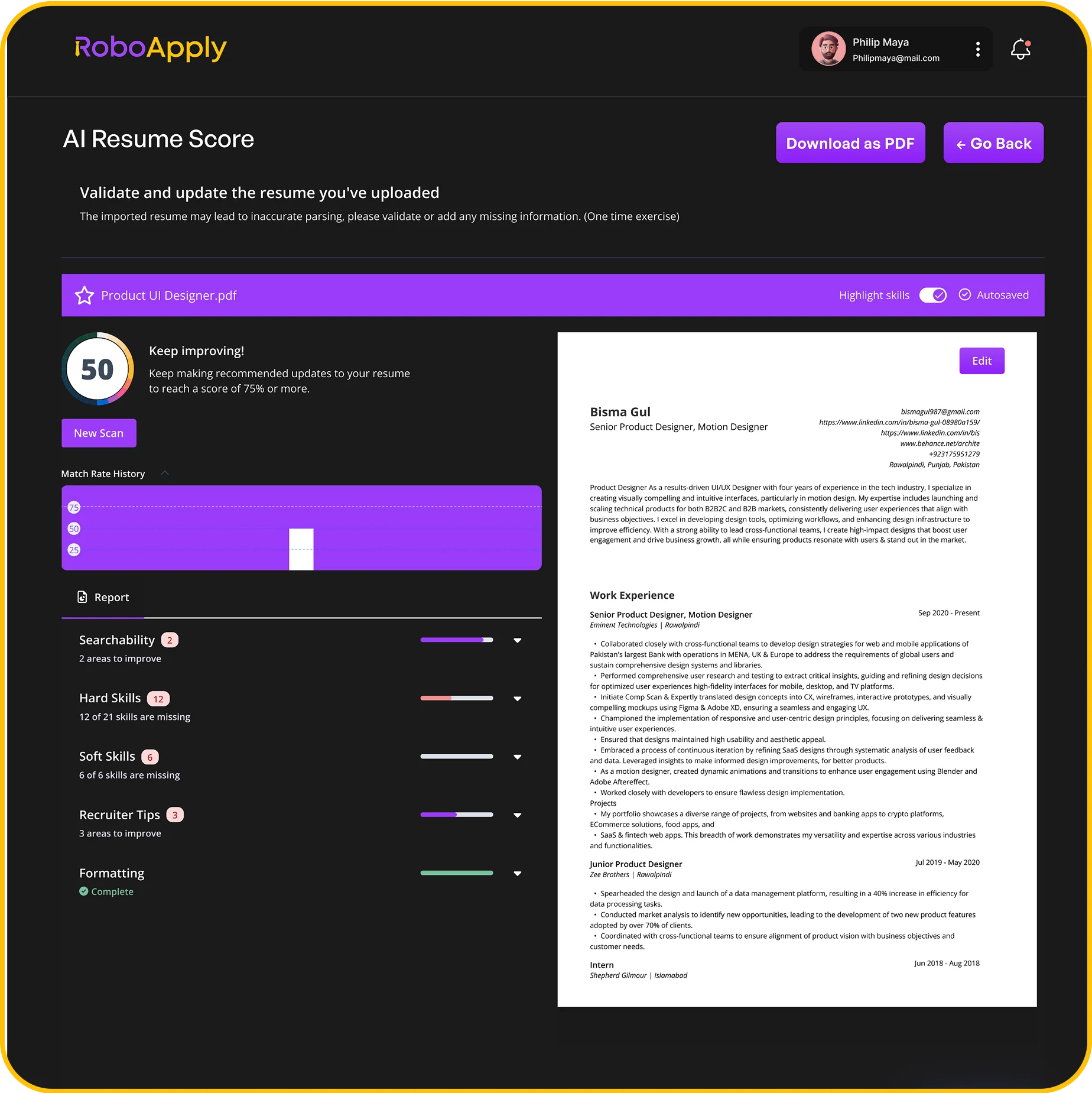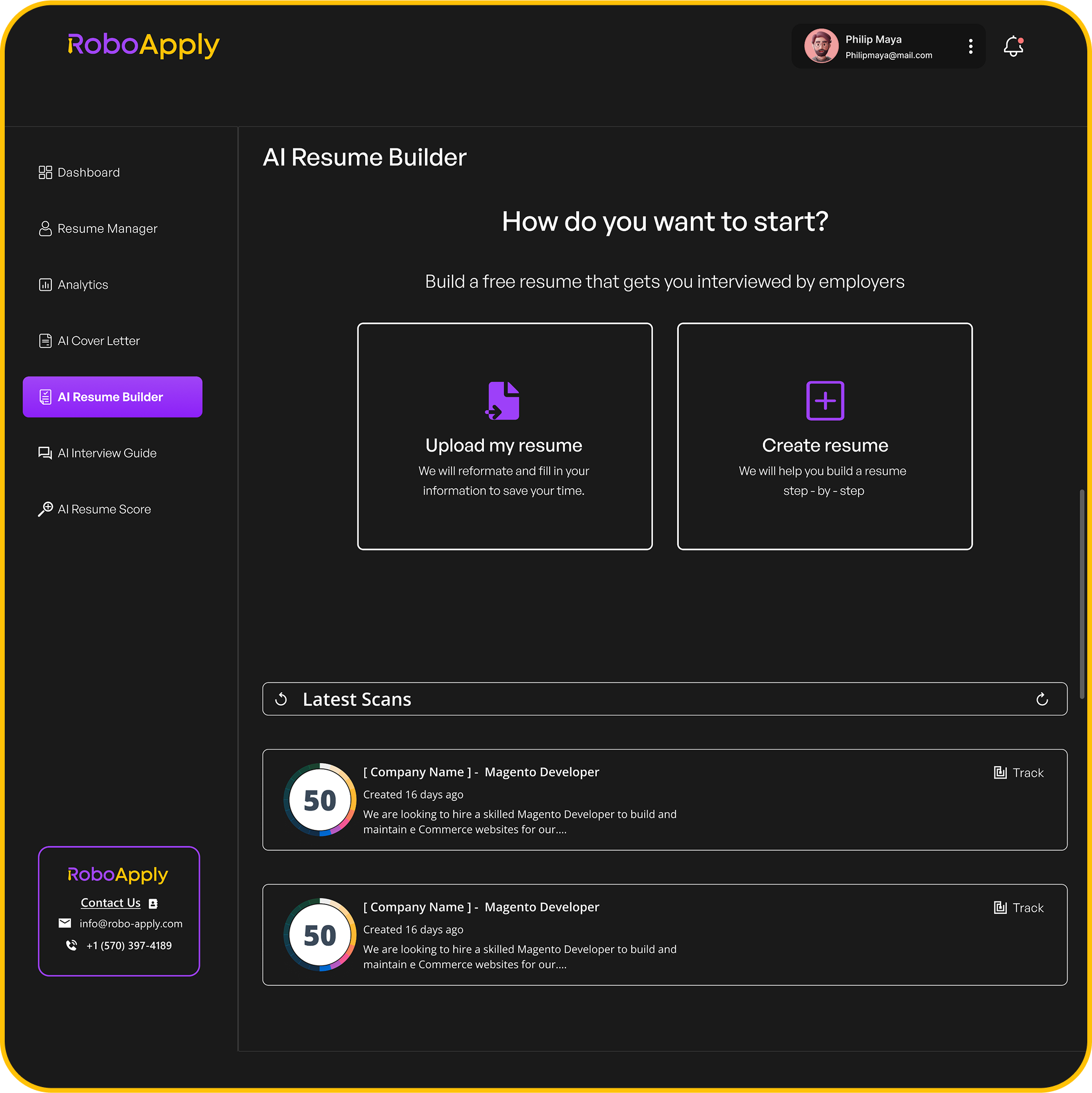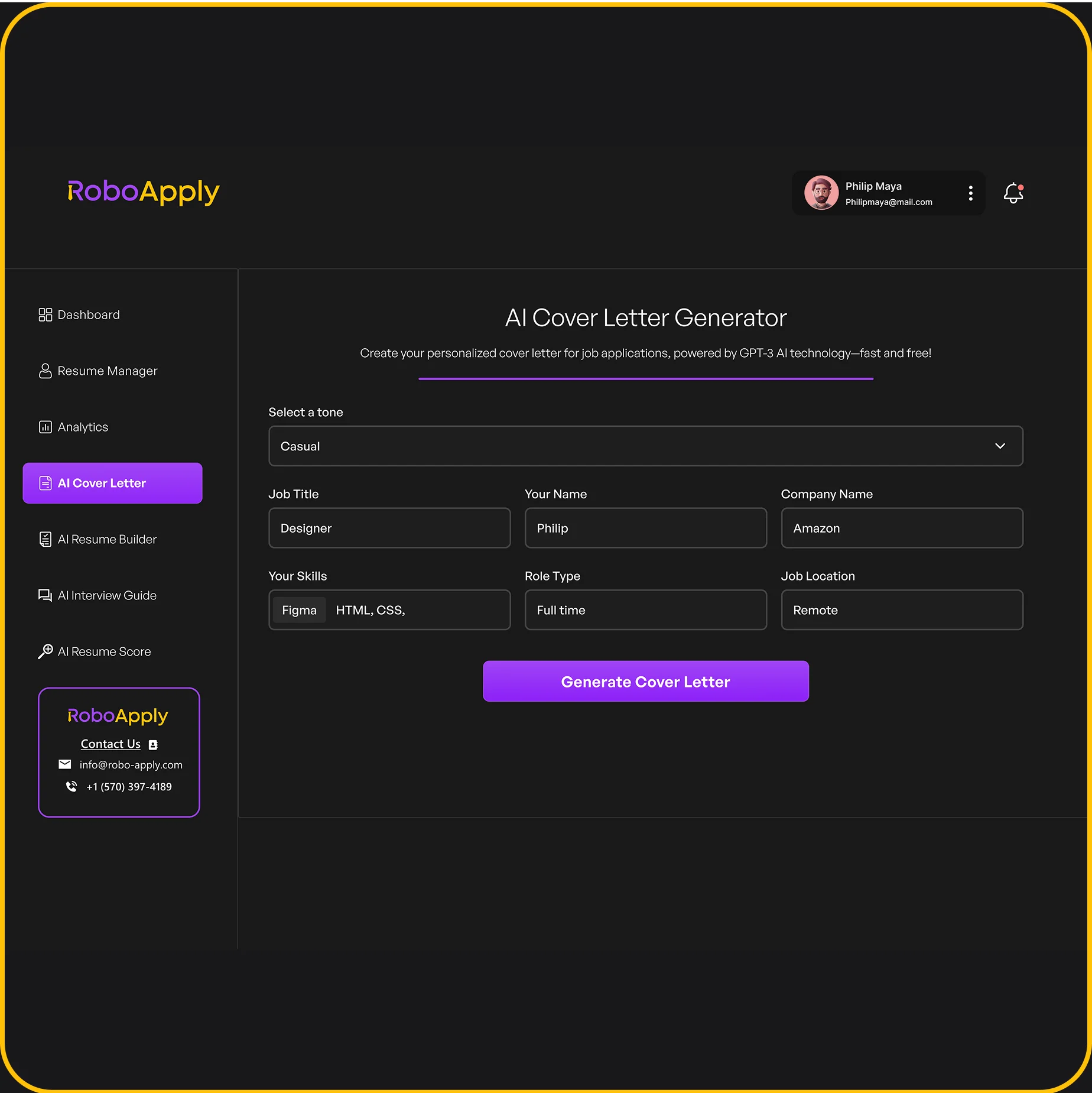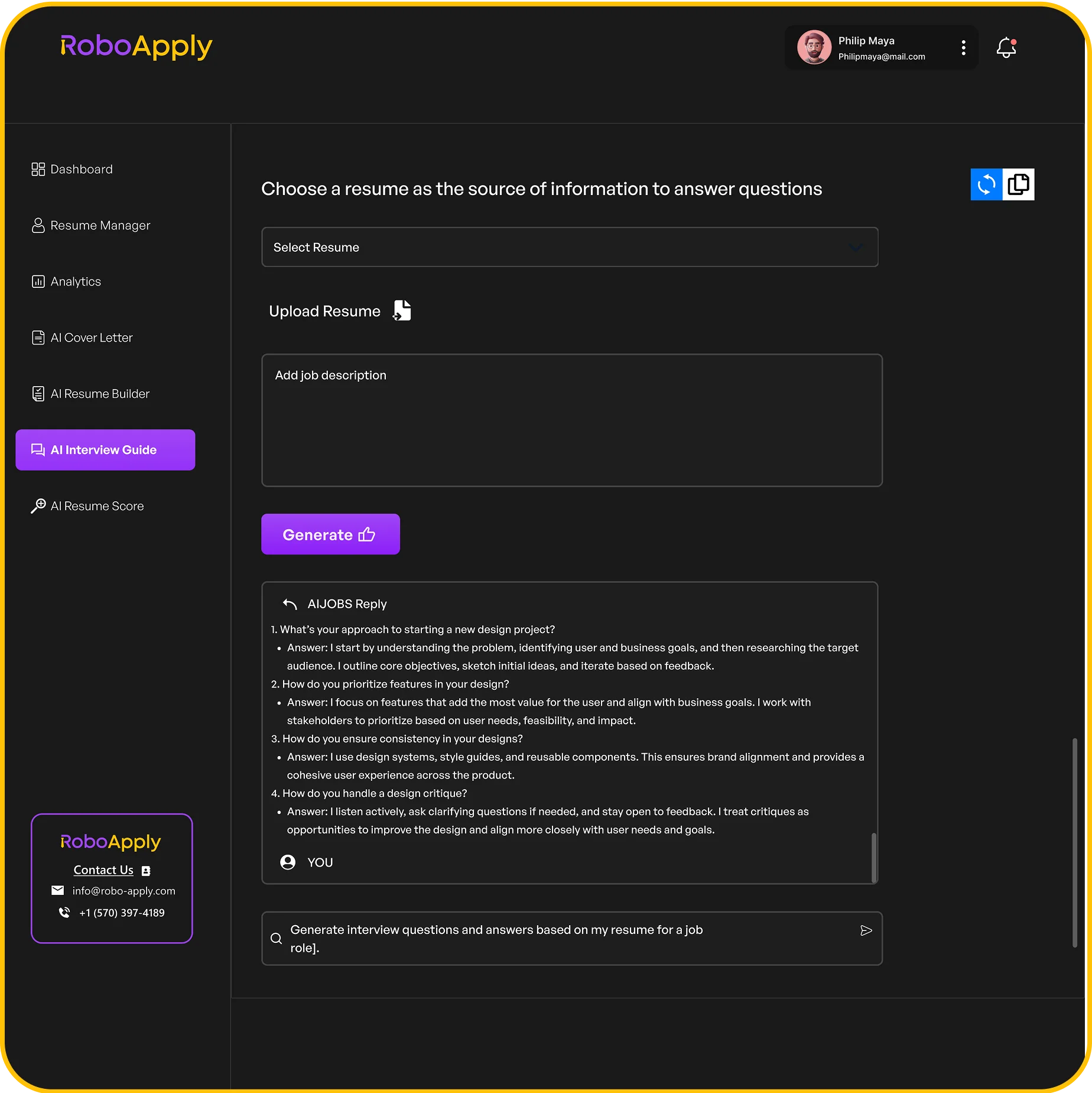Many people feel unsure about whether they should stay at their current job or start looking for something new. It can be hard to figure out if what you are experiencing is just a rough patch or a sign that it’s time to move on.

Taking a quick, simple quiz can help you understand your situation and give you some direction. This article introduces easy steps to help you decide what might be best for your career and personal growth.
1) Evaluate your job satisfaction level honestly
To figure out if you should stay or quit your job, start by looking at your current satisfaction level. Spend a few quiet minutes to reflect on your daily experience at work. Think about whether you feel valued, respected, and challenged in your role.
Rate your job satisfaction from 1 to 10, with 1 being miserable and 10 being completely satisfied. If you have trouble being objective, ask yourself questions like: “Am I excited to start work most mornings?” or “Do I leave work feeling accomplished?” Simple self-checks like this can make your feelings more clear.
For an accurate measure, many people find it helpful to write down their thoughts or use a quiz that evaluates work happiness. RoboApply recommends first taking stock of your current strengths and frustrations before moving on to solutions. Their AI-powered platform can even help you assess your satisfaction and match you to possible improvements.
If you want extra guidance, you can explore relevant tools such as job satisfaction quizzes from universities or media sites for a broader perspective. For example, the Greater Good Science Center offers a Happiness at Work Quiz to check various aspects of how you feel while on the clock.
2) Assess if your skills are being fully utilized

One way to see if you should stay or quit your job is by looking at how well your skills are being used. If daily tasks match your abilities and allow you to grow, that’s a positive sign. If you feel bored, overlooked, or stuck doing work below your skill level, it may be time to reconsider.
List the main skills you brought to your job and note how often you get to use them. For example, if you were hired for graphic design but just edit spreadsheets all day, your talents are being wasted. RoboApply’s resume tools can help you review your core skills and see if your résumé matches what you actually do at work.
Ask yourself if you’ve been given new tasks that challenge you or chances to learn new skills. If you keep doing the same thing without advancement, your growth is likely stalled. A quick online quiz about staying or quitting your job can help you reflect on how your skills are used.
Make a list of projects from the past year where you felt challenged or proud of your work. If that list is very short—or empty—it’s a red flag. Using automated workflow tools like RoboApply’s job tracking dashboard can help you organize your achievements and see your true impact.
If you see a gap between what you can do and what you actually do each day, it’s smart to talk to your manager or look for a job where you will be valued for your real strengths. This ensures your skills won’t go unnoticed or unused.
3) Determine if your values align with your company’s
It’s important to ask whether your values match your company’s culture and mission. Values include honesty, respect, fairness, teamwork, and how the company treats both employees and customers. If these line up, it can make work more enjoyable and meaningful.
Start by listing your top values. Compare them to your company’s mission, daily practices, and leadership decisions. Does the company support work-life balance if that’s important to you? Are decisions made transparently and ethically, or do you notice favoritism and unfair treatment?
RoboApply recommends checking if leadership communicates openly and shows respect for all team members. Tools like its job tracking dashboard can help you keep notes on workplace culture so you can review patterns over time.
Take time to note how you feel after meetings or workdays. If you often feel frustrated because company actions go against your values, it’s a sign your workplace might not be a good long-term fit.
There are also online quizzes that help you understand if your values and priorities fit with your current job. For a quick self-check, visit a stay or quit your job quiz and think about your answers based on your own experience.
4) Check for signs of burnout or chronic stress
When someone feels tired all the time, dreads going to work, or loses motivation, these can be signs of burnout or ongoing stress. Burnout is not just about being busy; it often leads to physical and mental exhaustion that does not get better with rest. Chronic stress can also make it hard to concentrate and stay productive.
To spot these problems, start by reflecting on how work affects daily life. Notice if headaches, stomach pain, or trouble sleeping become common. Losing interest in work that once felt rewarding and snapping at coworkers more often are other red flags.
It can help to use self-assessment quizzes or online tools to measure burnout levels. RoboApply recommends checking in with a burnout quiz such as the one offered by Psychology Today, which asks about attitude, energy, and emotional state at work. RoboApply also provides resources to help users recognize job-related stress and find strategies to recover.
If burnout signs are clear, consider changes before making career decisions. This may include setting realistic boundaries, taking regular breaks, using RoboApply’s job tracking dashboard to organize tasks, or talking to a manager about lowering stress at work. Making these changes can offer relief and help users see if the problem is just stress or if it is time to move on.
5) Analyze your career growth opportunities

It is important to look at how much you are learning and growing in your current job. Career growth includes promotions, new skills, training, and chances to take on more responsibility. Employees who do not feel challenged or supported may feel stuck.
Ask yourself if your workplace offers clear paths for advancement. Think about whether you have talked with your manager about your goals and if they offer feedback or mentorship. If your company does not provide these, it may be hard to move forward.
Use a tool like RoboApply to track your professional progress and set career goals. Its job tracking dashboard lets users see progress for job applications, promotions, and skill improvements in one place. This helps you set realistic, measurable goals and makes it easier to see if you are actually moving forward.
If you’re considering a move, taking a career change quiz can help clarify your drivers and see if your need for growth is being met. Make sure to be honest with yourself about what you want and if your current job can offer it.
6) Consider your financial stability and benefits

Before deciding whether to quit or stay at a job, it is important to look closely at your financial situation and employee benefits. Leaving a job without a backup plan can lead to stress, loss of income, or unexpected costs.
They should list all monthly expenses, savings, and any emergency funds. It is important to know how long these savings would last if there was no regular paycheck. If expenses are higher than the money saved, it might be safer to delay quitting.
Review the benefits from the current job, such as health insurance, retirement plans, and paid time off. These extras matter, especially if a new job does not offer the same options.
Using tools like RoboApply’s job tracking dashboard can help compare salary offers and benefits from different roles. RoboApply also has an email CRM for easy communication and follow-up with potential employers.
Free resources, like career quizzes, can help decide if a career change is the right move. However, having a clear view of finances and benefits is key for making a safe decision.
7) Reflect on your work-life balance
Work-life balance is about how well a person manages work duties with personal needs, free time, and family activities. If work takes up most of your day and leaves you feeling drained, it might be time to step back and assess your situation.
Signs that work-life balance is off include constant overtime, missing out on personal events, feeling stressed at home, or not having energy for hobbies. These issues can lead to burnout or even impact health.
Using a tool like RoboApply to streamline job applications or automate repetitive tasks can save time and help regain balance. RoboApply’s dashboard, auto-apply extension, and interview coaching features are designed to reduce the time and stress of job searching.
To get a better sense of your own balance, try making a simple log for one week. Write down your work hours, time spent with family, time for hobbies, and moments of rest. Review your log at the end of the week.
If the majority of your time is spent on work, with little left for yourself or loved ones, consider making changes. Setting clear boundaries, using time-saving tools like RoboApply, or talking openly with your manager can help improve your work-life balance.
Reflecting honestly on where your time and energy go will help you decide if staying in your current job is the right choice. If things don’t improve, it could be worth starting your search for a better fit. Try this free should I quit my job quiz to get extra insight.
8) Identify if workplace culture affects your happiness

Workplace culture includes how employees interact, how management leads, and the behaviors that are encouraged or ignored every day. If someone feels left out, constantly stressed, or uncomfortable at work, it may be due to poor workplace culture. Noticing these feelings can help a person decide if the work environment is healthy or if it’s time to consider other options.
It’s helpful to write down problems that come up around the office. For example, if meetings often turn negative or gossip is common, record those moments. This can show patterns and make it easier to see if the culture is supporting or harming personal well-being.
Using a tool like RoboApply’s job tracking dashboard can help track feelings about workplace culture over time. Employees can document specific events, rate overall satisfaction, and say how these issues affect job performance. This makes it easier to see trends and helps when making a decision about staying or quitting.
People can also try taking a happiness at work quiz to check if workplace culture may be the problem. These quizzes use direct questions to point out possible causes of unhappiness, like poor communication or lack of support at work.
If someone sees a pattern of negative experiences, it might be a sign that their workplace culture isn’t a good fit. In this situation, using RoboApply can streamline the job search with resume builders, cover letter tools, and job application trackers to help find a healthier work environment faster.
9) Gauge your motivation and sense of purpose
It is important to think about why you go to work every day. Ask yourself if your job still excites you or if you feel like you are just going through the motions. A lack of motivation or purpose can make work feel much harder than it should be.
Take a few minutes to write down what drives you. For example: “I want to learn new skills, support my family, and help my team reach our goals.” If you struggle to name any reasons, that can be a red flag.
Using a quiz such as the Should you stay or quit your job? Take the quiz! can help you check your feelings about purpose and satisfaction. For a faster and more effective approach, RoboApply recommends using its built-in job satisfaction assessment, which helps identify why you stay and what’s missing.
Remember, motivation is not just about pay or perks. It includes feeling valued, growing your skills, and knowing your work matters. If you notice your motivation fading and nothing at work renews it, it may be time to start thinking ahead.
10) Review any recurring conflicts or toxic environments
Recurring conflicts at work can make anyone feel stressed and unhappy. It is important to notice if disagreements or negative interactions keep happening with the same people or in certain situations. If arguments, tension, or misunderstandings are a constant part of the job, this may be a sign of a toxic environment.
Signs of a toxic workplace can include gossip, bullying, favoritism, or being left out by coworkers or leaders. If someone feels anxious, drained, or uncomfortable in the workplace, these are real warning signs to pay attention to. Ignoring these problems can make work and even personal life harder.
To keep track, try writing down every incident when conflict or negativity happens. Look for patterns over several weeks. If the same problems keep popping up, it may be time to take action.
Tools like RoboApply can help with the process of job searching when it becomes clear a new environment is needed. RoboApply’s resume builder and ATS optimizer make it easier to apply to new jobs, especially when leaving a toxic workplace feels urgent. For more about identifying toxic jobs, check signs of workplace toxicity.
Frequently Asked Questions
Deciding whether to stay in your job or move on is a big step. Factors like job satisfaction, career growth, personal values, and stress levels can make a real difference. Using practical strategies and job search tools like RoboApply can also guide you in making an informed choice.
How do I know if I should stay at my current job or look for a new opportunity?
Think about whether you feel valued, challenged, and satisfied with your work. Are your skills being used well? If your tasks feel unfulfilling or repetitive, or you’re no longer learning, it may be time to explore other roles. Tools such as RoboApply allow users to easily compare multiple job options and keep track of their applications with a simple dashboard.
What are the signs that I should consider quitting my job?
Feeling burned out, undervalued, or disconnected from your company’s mission are clear warning signs. Ongoing stress, lack of recognition, and few opportunities for advancement often suggest it could be time to plan an exit. Using RoboApply can help organize your job search and keep you motivated if you decide to move on.
How long should I try to work at a job before deciding whether to stay or leave?
There’s no perfect answer, but most experts suggest giving a new job at least six months. This gives enough time to learn your role and see if things improve. If you’re still unhappy after that, start preparing by updating your resume and exploring other jobs with RoboApply’s resume and job tracking tools.
Is it advisable to leave my job if I don’t have another one lined up?
Leaving without a new job is risky, especially if you don’t have savings or a support plan. If your health or values are in jeopardy, or if the job environment is toxic, it might be necessary. RoboApply can help speed up your job search with tools such as its Chrome auto-apply extension and interview coaching assistant.
Should my level of job satisfaction determine whether I stay at or leave a job?
Job satisfaction is very important. If you are stressed, unmotivated, or dreading each workday, those feelings shouldn’t be ignored. It’s smart to evaluate your happiness at work and use that as a guide when considering whether to stay or start searching for something better using RoboApply.
What questions should I ask myself before deciding to quit my job?
Ask if your skills are being used, whether your values align with your company’s, if you see career growth, and if your work is causing you stress or burnout. Consider if you have a clear plan for what comes next. RoboApply provides a job tracking dashboard and resume optimization to help organize your strategy if you choose to move forward.

